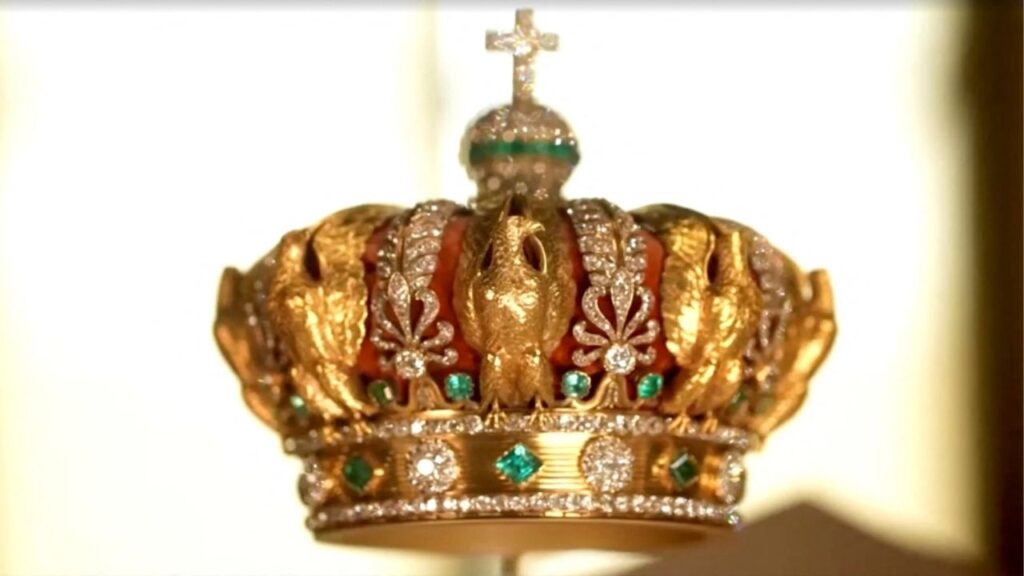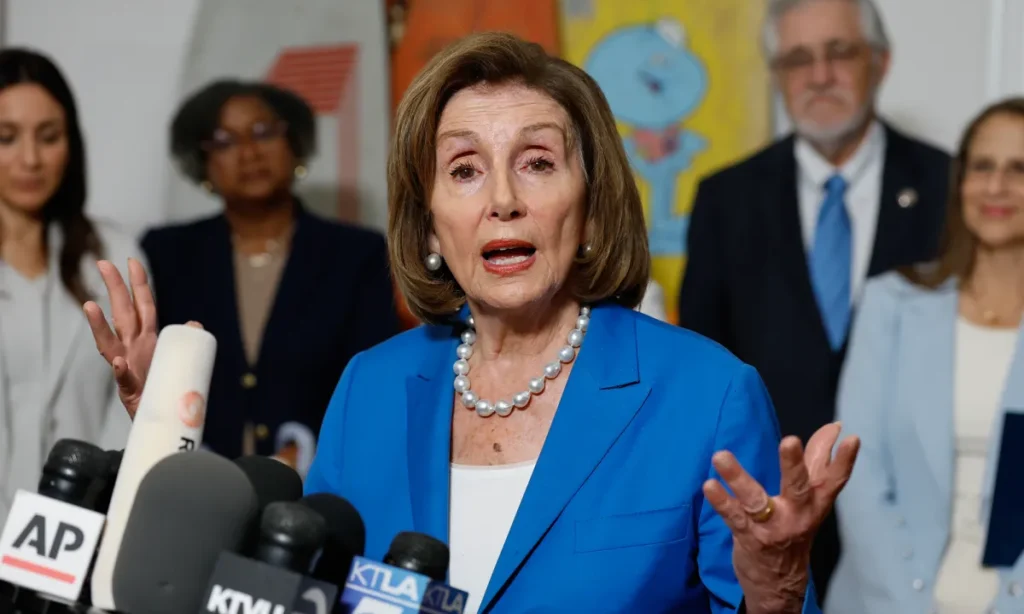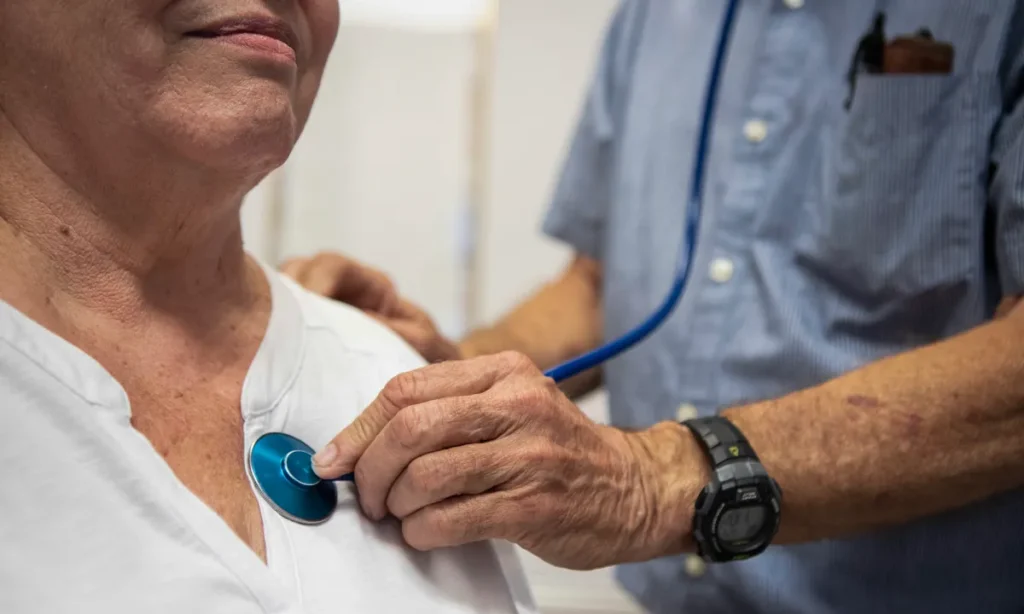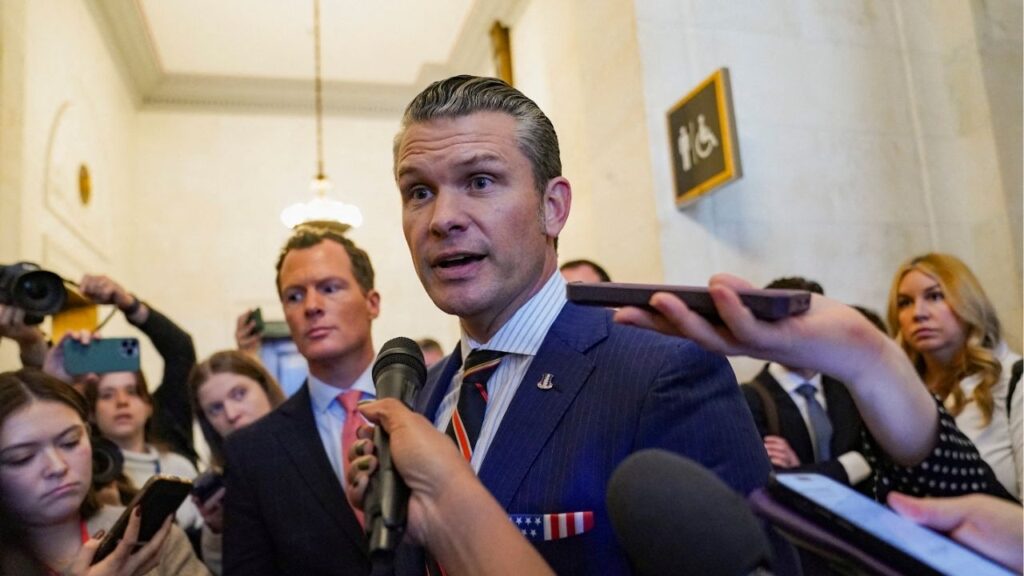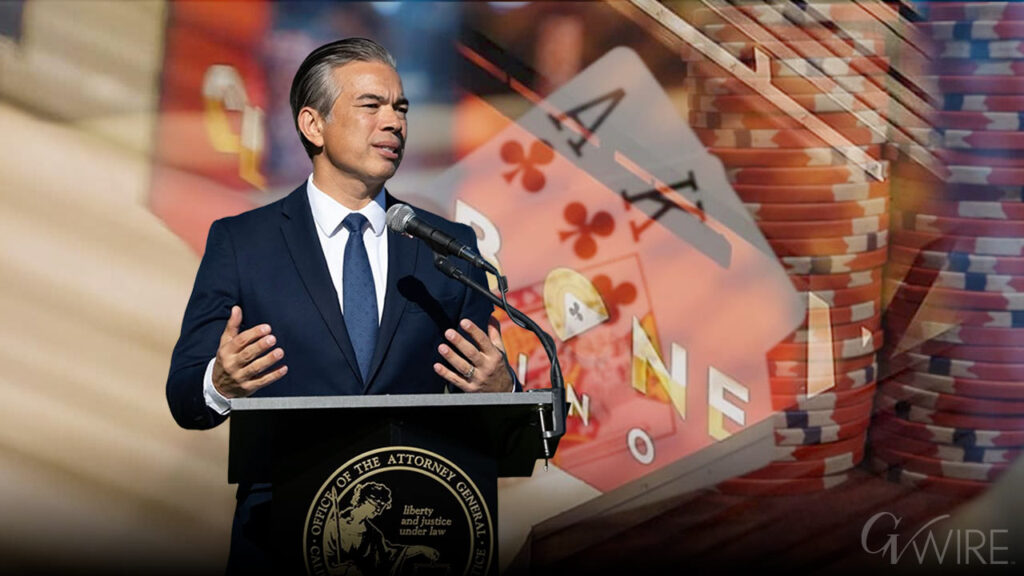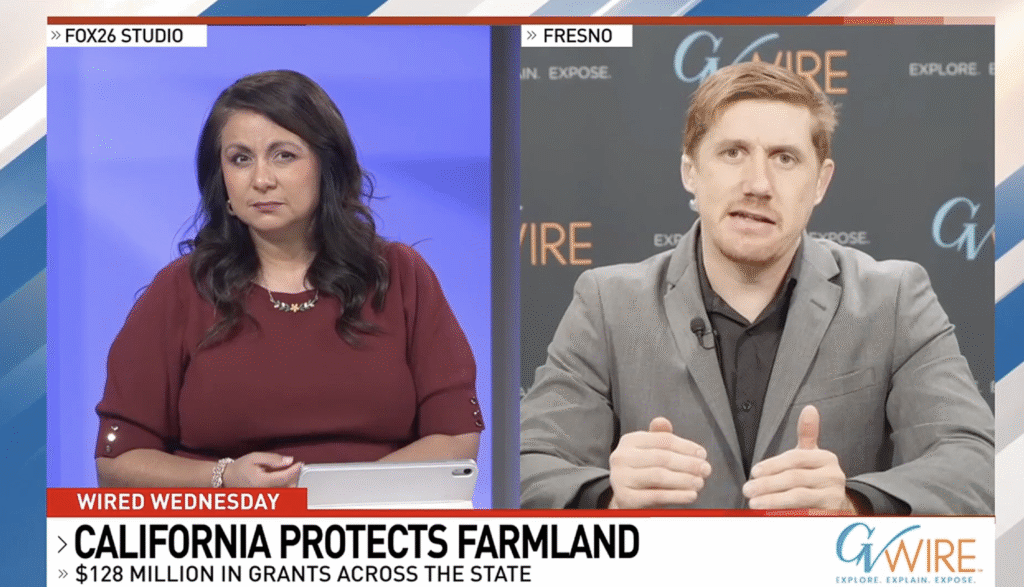Workers serve customers at a fast food restaurant Thursday, June 27, 2024, in southeast Denver. On Thursday, July 11, 2024, the Labor Department issues its report on inflation at the consumer level in June. (AP/David Zalubowski)

- U.S. inflation peaked at 9% but is now under 3%, signaling a successful economic recovery.
- High inflation was primarily due to pandemic-related disruptions, which have since stabilized as supply chains improved.
- Despite early criticism, Biden's economic policies have led to lower inflation and higher growth than other wealthy nations.
Share
|
Getting your Trinity Audio player ready...
|
Opinion by Paul Krugman on August 20, 2024.

Paul Krugman
Opinion
Surging inflation during President Joe Biden’s first two years took a huge toll on his popularity, and the memory of that inflationary episode is probably the main reason that, at least until recently, polls showed Donald Trump with a large advantage on the economy.
But most recent polls I’ve seen show that advantage substantially reduced; there are even two surveys, one conducted by the Financial Times and the regular Michigan survey of consumer sentiment, that show Vice President Kamala Harris as somewhat more trusted than Trump to manage the economy looking forward.
Some of this surely reflects Biden’s withdrawal from the presidential race; despite having been part of his team, Harris may not carry some of his inflation baggage. But it’s also true that, as Biden emphasized in his convention speech Monday night, inflation is way down — and voters may finally be starting to notice.
Change in Last Two Years Is Startling
The change over the past two years has been startling. Consumer price inflation, which peaked at 9%, is now under 3%. And the true inflation picture is arguably even better. U.S. inflation numbers place a large weight on a price nobody pays — the imputed rent on owner-occupied housing, which among other things lags far behind market rental rates. If we measure inflation the way other countries do, without that imputation, we’re all the way down to prepandemic inflation.
So we have basically made a full round trip on inflation. But what brought it down?
Before I get there, let’s talk about two kinds of people who refuse to acknowledge this good news.
Related Story: After Jobs and Inflation Reports, Will Interest Rates Fall for Fresno ...
First, there are inflation truthers — people who claim that the official numbers can’t be trusted and that inflation isn’t really way down. In general, people who say such things have no idea how the Bureau of Labor Statistics goes about collecting price data and how hard it would be to fake the numbers. Beyond that, however, there are several independent sources of evidence on inflation, all of which basically corroborate the picture of a more or less complete round trip.
The other major inflation party-poopers are those who say that it’s not enough to get inflation — the rate at which prices are rising — down; we should get the level of prices back down to what it was in the past. Like many economists, I’ve tried, without much success, to argue that this is a really bad idea. But let me try again, by talking about wages.
Since 2019, which is the year people usually cite when saying that things used to be better, consumer prices have risen 22.6%, which has many people upset. But average hourly wages have gone up 25.3%, while wages for nonsupervisory workers are up 28.2%. If you want to see prices go down substantially, are you also in favor of big wage cuts? (And how would you achieve them?) If you aren’t, how do you think a large fall in prices from current levels is possible?
Inflation, then, has basically normalized, which is all we can reasonably expect — and getting prices back down to their old level is neither feasible nor desirable.
But now that we have those two objections out of the way, we can explore the question at hand: How did we get inflation down?
In 2022, many economists — although not all of us! — believed that disinflation would be an extremely painful process, requiring years of very high unemployment. That is, after all, what it took to end the high inflation of the 1970s.
Related Story: Stock Market Today: Wall Street Ticks Higher After Inflation Data Clears the ...
But that pessimistic take proved wrong. Although the unemployment rate has drifted up a bit, it remains historically low — yet as I’ve been saying, inflation appears to have been beaten anyway. What went right?
The simplest, most plausible answer is that high inflation was mainly caused by disruptions related to COVID. The pandemic caused big changes in both how we spent our money and how we worked, and it took time for the economy to adjust. These adjustment difficulties were reflected in big but temporary pressure on supply chains, as measured by an index constructed by the New York Fed, with a first bump during the depths of the pandemic — remember the great toilet paper panic? — and a more enduring problem as the pandemic subsided and spending recovered.
Adjustment issues were also reflected in a temporary surge in the number of unfilled job openings.
Over time, however, businesses learned how to cope with the new realities. Supply chains got unsnarled (although someone forgot to tell Trump). Employers got better at matching workers with jobs. And as these problems were worked out, inflation came down without the huge pain many had predicted.
There are, of course, many details in this story and some big unanswered questions. In particular, how much of a role did interest rate hikes play in disinflation? Did the Fed really need to tighten as much as it did (and is it behind the curve on cutting rates now that inflation is down)?
But the basic outline of what happened seems clear. And it is, among other things, a big vindication for Bidenomics.
Related Story: Walmart Grows More Optimistic About 2024 as Bargains Prove a Powerful Lure for ...
In his first months in office, Biden went big on spending. Republicans, of course, denounced the American Rescue Plan. But some of the harshest criticism came from Democratic-leaning economists; Larry Summers called it the “least responsible” fiscal policy in 40 years. At its root, this criticism reflected the belief that government spending would cause high inflation that would become entrenched in the economy and end up being very hard to bring down.
But inflation did not, in fact, get entrenched. And overall, the United States has had no more inflation recently than other wealthy nations, while achieving substantially higher growth.
Consumers still have very negative views about the economy, although it’s becoming unclear whether those negative views will hurt Democrats very much in November. But politics aside, it now seems clear that Bidenomics worked pretty well.
–
This article originally appeared in The New York Times.
c. 2024 The New York Times Company
RELATED TOPICS:
Categories
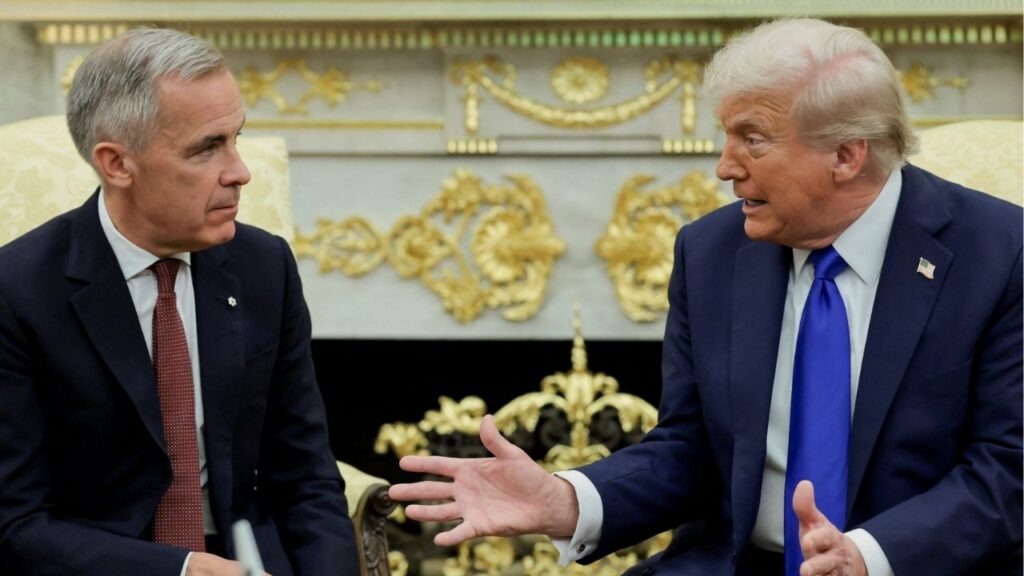
Trump Announces 10% Increase in Tariffs on Canada










